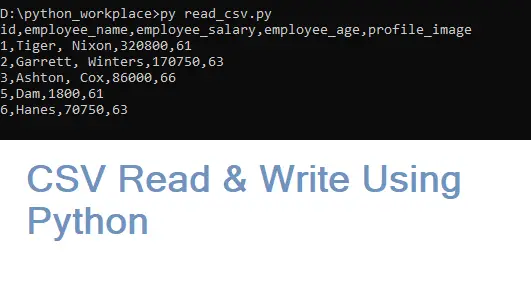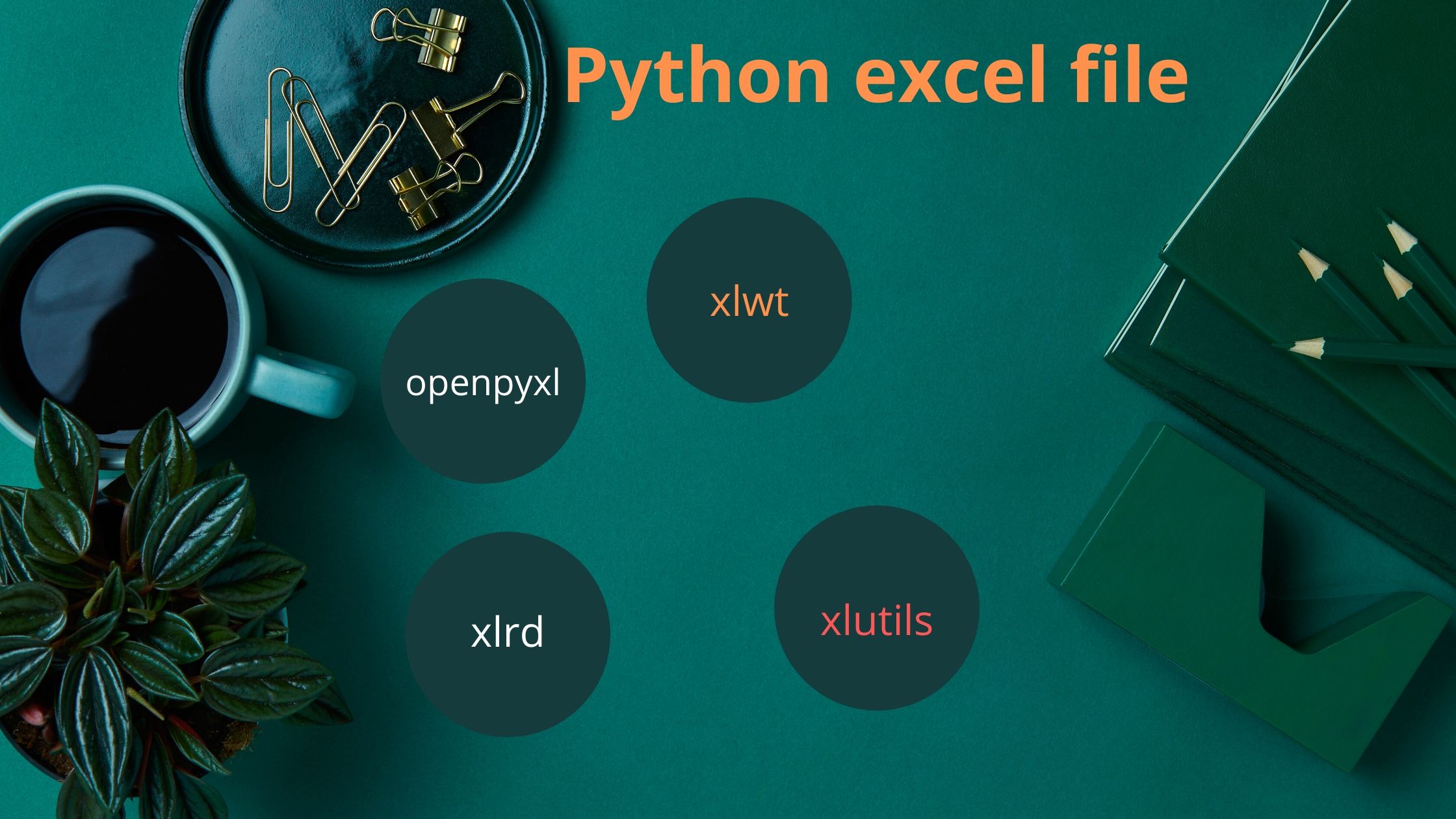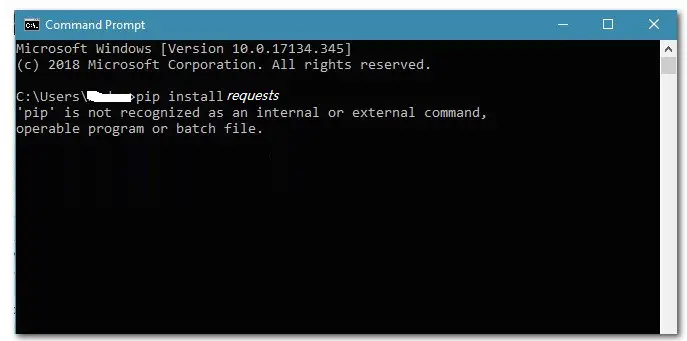This tutorial help to create python string to array. Python does not have an inbuilt array data type, it has a list data type that can be used as an array type. So basically, we are converting a string into a python list. Python String to Array We’ll convert String to array in Python. The […]
Category: Python Tutorials
This page will have all tutorials which are related to python 3.

Python Join List Example
Python list is one of the most popular data types.Python Lists are used to store multiple items in a single variable. List items are ordered, changeable, and allow duplicate values. In the list, you can add elements, access it using indexing, change the elements, and remove the elements. List items are indexed, the first item […]

Python – Check Element Exist in List
This python tutorial help to solve common python list element problem. I’ll let you know, how to check list contains an item, the length of a list, the item exist or not into item, etc.

How To Solve ModuleNotFoundError in Python
This Python tutorial helps to solve “Module Not Found Error” for python. The reasons for this error and how to solve it. We will discuss one by one the possible reasons for the module not found. We’ll cover the following points here: Python module is not imported The module method has been used but forgot […]

Check if a Variable is Not Null in Python
This Python tutorial help to check whether a variable is null or not in Python, Python programming uses None instead of null. I will try different methods to check whether a Python variable is null or not. The None is an object in Python.

How To Consume Slack API Using Python
in this tutorial, I ll let you know How to access Slack API using python and flask. We’ll go through the free registration of slack user and get an access token. Slack APIs allow you to integrate complex services with Slack. The Slack Web API is an interface for querying information from and enacting change […]

Read and Write CSV Data Using Python
This tutorial will show you how to make a CSV parser in Python 3. The most common file format for storing plain text data is CSV (comma-separated values). It is one of the most widely used data exchange formats between servers. Each data value is separated by a comma in the CSV files. Exchanging information […]

Popular Python excel Library
This Python tutorial aims to help you create a list of popular Python Excel libraries. Numerous Excel libraries are available for creating and updating Excel files. Here, I’ll introduce you to the best Excel libraries that are easy to integrate and use for manipulating Excel files. With these libraries, you can read, write, and perform […]

How To Read Write Yaml File in Python3
This tutorial will show you how to read and write YAML files in Python. For reading and writing data from and to YAML files, I use the ruamel.yaml python libs. YAML stands for Yet Another Markup Language. The easiest and purest method without relying on C headers is PyYaml, which can be installed by the following […]

‘pip’ is not recognized as an internal or external command
This is a very common error on the legacy version of python. You will get “‘pip’ is not recognized as an internal or external command” into the command line when you ll go to install any package. So, This python tutorial help – how to fix ‘pip’ is not recognized as an internal or external […]
